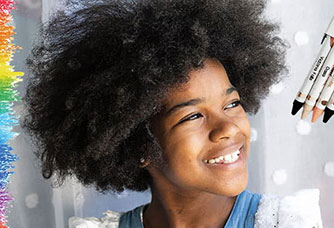On a sunny Saturday afternoon, Caleb and his friend Jo arrived at Tim’s Cards and Comics. The bell on the door jingled as Caleb and Jo entered the shop.
“How much did you save up?” Caleb asked. He knew Jo had been saving his allowance for the past year just for this trip. Jo collected baseball cards.
Jo grinned and held up his envelope of cash. “I’ve got $150. I’m going to buy so many cards!”
The man behind the counter looked up from his sports magazine and smiled. His mustache twitched.
“Hi, boys, I’m Tim! What are you looking for today?”

